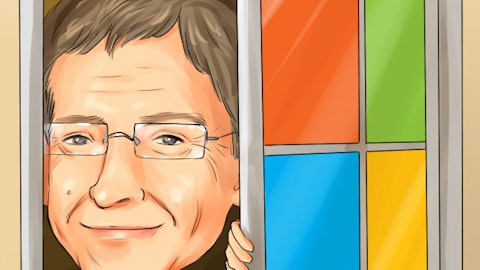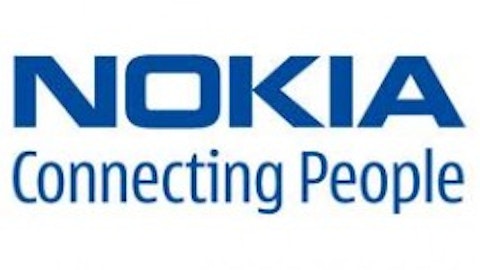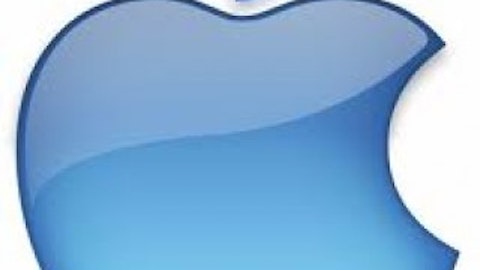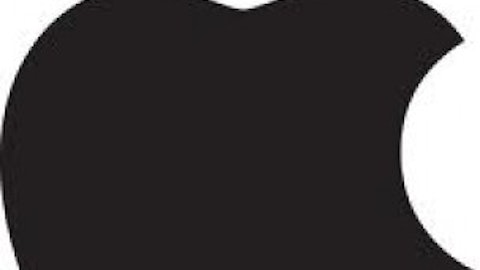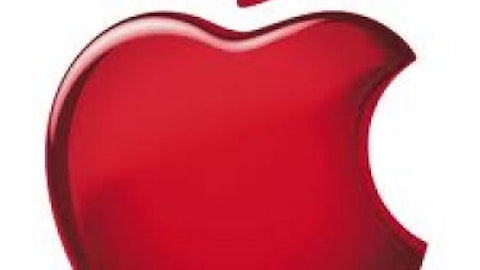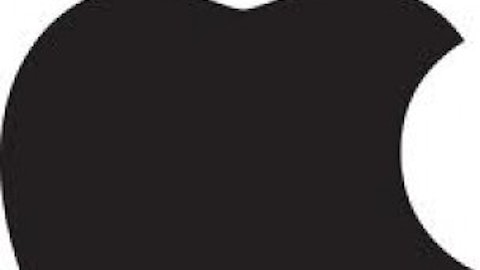Pebble Technology beat Apple Inc. (NASDAQ:AAPL) to the punch earlier this year with its best selling Pebble Watch – which synchronizes to Android and iOS devices over a Bluetooth connection. The Pebble Watch allows users to check their e-mail or text messages directly from the watch. It can also sync with the phone’s GPS and display information about the MP3 library. Pebble announced that it had already shipped 6,000 Pebble Watches, which retails for $150, since its release in late January.
However, the Pebble is not the only smartwatch on the market. The Cookoo, which sells for $130, has a battery that can last a year, as opposed to Pebble’s once-a-week charge. Sony’s $130 SmartWatch has a touchscreen. Motorola’s Motoactv, which includes a heart rate monitor, sells for $150, while MetaWatch’s $300 STRATA features more fashionable aesthetics geared towards female customers.
In other words, the market is already getting increasingly fragmented, and Apple’s iWatch – which still doesn’t have a firm release date or any technical specifications yet – will be arriving pretty late to the party.
I consider Apple’s rumored smartwatch to be the antithesis of Google Glass, as it also characterizes how the two companies are run. Whereas Google is unafraid to try ambitious new projects that may not be profitable – such as a driverless car, space travel or a human-powered monorail – it isn’t afraid to experiment with new ideas. Meanwhile, Apple Inc. (NASDAQ:AAPL), which is still stuck in a tailspin after the loss of Steve Jobs (and with him, new ideas) is now producing timid new products such as the iPad Mini and the iWatch, instead of pushing the envelope with new creations like Google Glass.
Willow Glass
At the forefront of the wearable technology revolution is Corning (NYSE:GLW). Corning has been a direct beneficiary of the smartphone revolution, since its highly scratch-resistant Gorilla Glass is considered the industry standard. A second generation, Gorilla Glass 2, was introduced last year. Last October, Corning reported that over one billion mobile devices worldwide used Gorilla Glass.
Looking forward, Corning estimates that in three years its bendable and rollable Willow Glass will be ready to be released. Corning shipped samples of Willow Glass to phone, tablet and television manufacturers last June in an effort to see what next generation products could be created.
In the near future, Willow Glass could be used in tandem with rollable LCD displays to create transparent, wraparound smart bracelets, or could be integrated into clothing or purses to create seamlessly futuristic products with touch-enabled surfaces.
The Foolish Bottom Line
Although everyone’s paying attention to Glass and the iWatch now, it’s not the products that are important, but rather what they represent for the underlying companies.
Google is daring, but Apple is not. Google is striving to become the great market innovator, while Apple is gradually falling in line as a market follower. It’s too early to tell if wearable fashion will ever be a reality, even with incredible technological advances like Willow Glass, but the possibilities are quite tantalizing. If that happens, it’s likely that Google Glass, and not the Apple iWatch, will be considered the seminal product.
The article The Future of Wearable Technology originally appeared on Fool.com and is written by Leo Sun.
Copyright © 1995 – 2013 The Motley Fool, LLC. All rights reserved. The Motley Fool has a disclosure policy.
